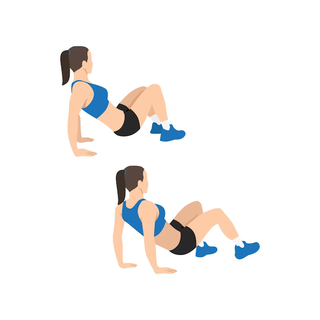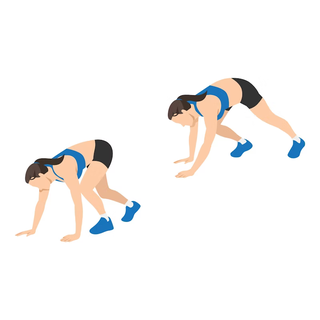Your child has joint hypermobility if their joints are more flexible than usual for their age. This can also be called being 'double-jointed'. It is very common.
In joint hypermobility, the tissue that connects the joint is more stretchy than usual.
Most children with hypermobile joints do not need support with everyday activities.
Who gets hypermobility
Joint hypermobility is very common in children. It affects more girls than boys. It usually runs in families.
Many children do not realise that they are hypermobile. Sometimes it can be a good thing to be hypermobile for activities such as dance, gymnastics and swimming.
Symptoms of joint hypermobility
Your child might not have any symptoms.
But some children have:
- joint and muscle pains, especially in their leg muscles - usually improves with rest, a gentle massage and heat
- low muscle tone and weakness in their muscles - this may affect their fine motor skills (using small muscles for movement) and gross motor skills (using large muscles for movement)
- injuries that they get frequently, such as sprains
Non-urgent advice: Contact your GP, occupational therapist or physiotherapist if your child has:
- frequent or severe pain
- problems with everyday activities, such as handwriting
- problems with their gross motor skills, such as walking or jumping
Hypermobility in babies and toddlers
Babies with hypermobility might:
- appear floppy or weak
- be late learning how to sit, sit with a very rounded back or 'W' sit
- bum shuffle and never crawl
- not enjoy tummy time
Hypermobile infants often start walking a few months later than usual. This can be as late as 18 to 20 months. Choose supportive footwear when they start to walk.
Non-urgent advice: Contact your GP, public health nurse or physiotherapist if:
- you think your baby or toddler is hypermobile and not reaching developmental milestones
Help your child manage their hypermobility
Keeping active and strong is important and helps reduce joint pain. Joints are more stable when they are supported by strong muscles.
Encourage your child to be as active as possible. Focus on fun activities such as swimming, cycling and going to the playground. These will not put too much stress on hypermobile joints.
Do a little bit of exercise often and do it every day. This will minimise muscle ache and pain after exercising.
Try animal walk exercises. This is when you pretend to be different animals.
These can help your child build strength, stability and coordination.
Crab walk
- Sit on the ground with your hands and feet on the floor.
- Lift your bum up and walk forwards, backwards or to the side.

Bear walk
- Put your hands and feet on the floor.
- Keep a slight bend at your elbows and knees.
- Walk forwards.

Snake slither
- Lie on your tummy with your hands by your side.
- Wiggle your way forwards by moving in a side to side motion without using their hands.
How to do the snake slither (video)
Other ways you can help your child reduce their joint pain include:
- giving your child thicker pencils and crayons
- choosing a schoolbag for your child that is right
